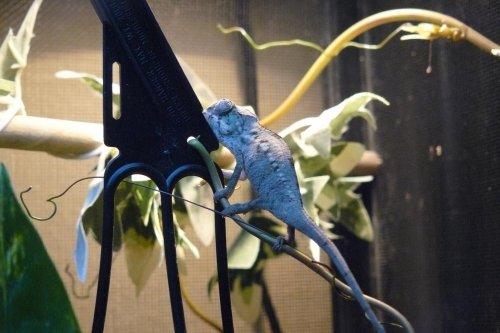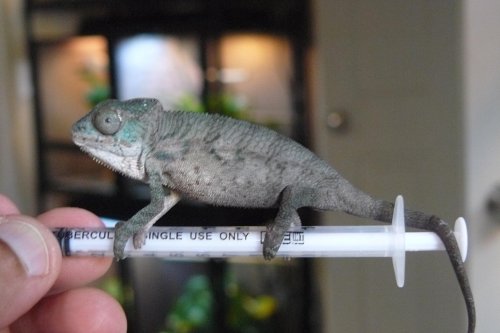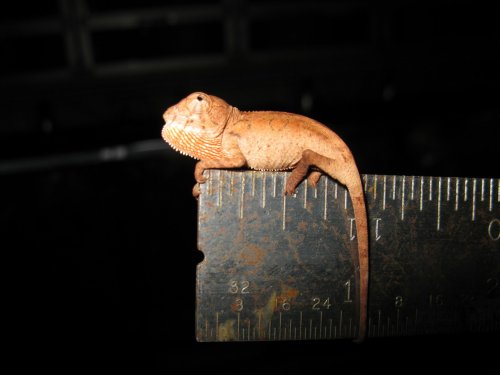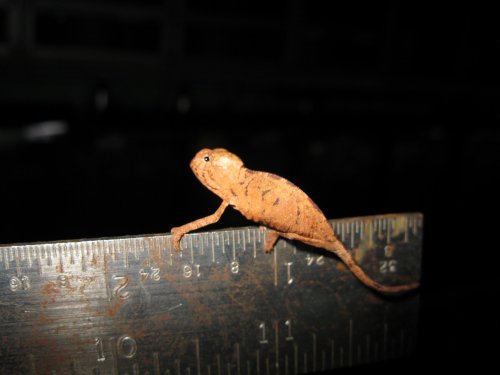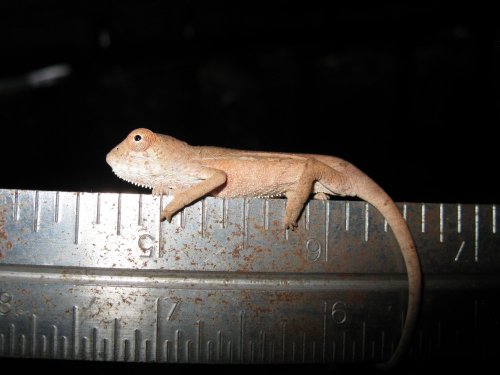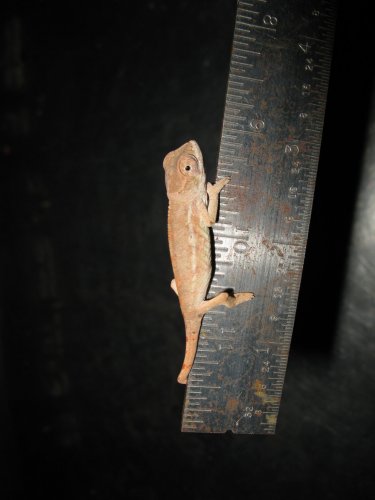facelesdoll
New Member
can users please post photos of their baby panther chameleons, locales, and their ages? im doing a study to better help understand average sizes of baby panthers at different ages. please post 1 month, 2 month, 3 month, and so on if you can. if their age is more on the verge of say 3 1/2 months just state 3.5 months if possible. im just seeking out the best depictions of ages and size. and if there are some not so average sized(large for their age) i would like pics of those aswell. Please Please and Thank You, Dave
Last edited:





